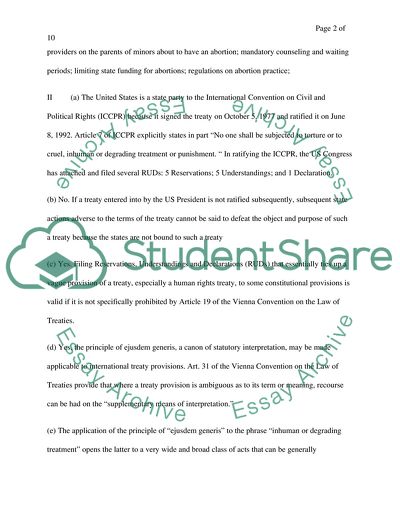Cite this document
(Laws on Abortion in the United States Case Study, n.d.)
Laws on Abortion in the United States Case Study. Retrieved from https://studentshare.org/law/1727720-abortion-memorandum-essay-1
Laws on Abortion in the United States Case Study. Retrieved from https://studentshare.org/law/1727720-abortion-memorandum-essay-1
(Laws on Abortion in the United States Case Study)
Laws on Abortion in the United States Case Study. https://studentshare.org/law/1727720-abortion-memorandum-essay-1.
Laws on Abortion in the United States Case Study. https://studentshare.org/law/1727720-abortion-memorandum-essay-1.
“Laws on Abortion in the United States Case Study”, n.d. https://studentshare.org/law/1727720-abortion-memorandum-essay-1.


